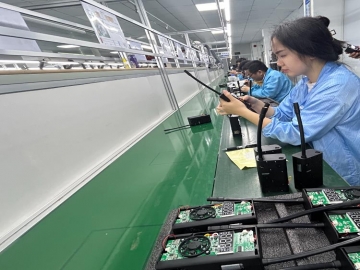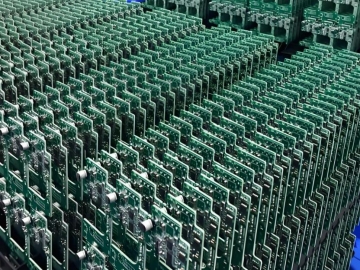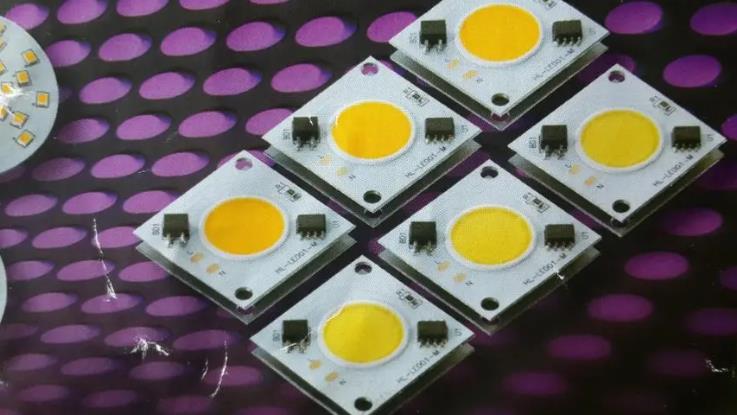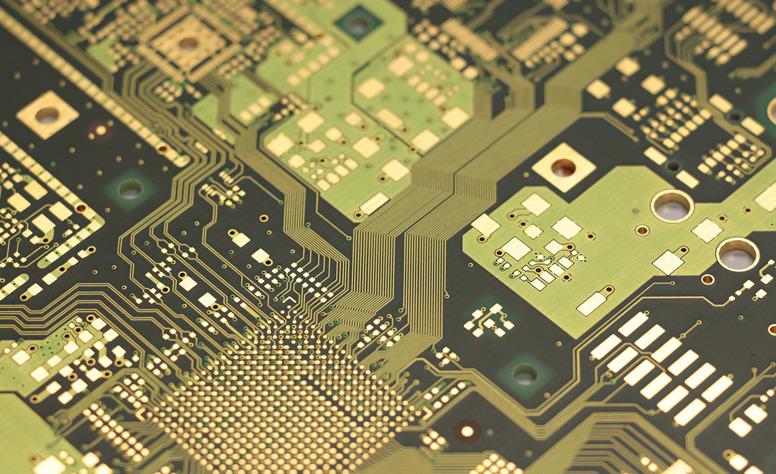PCBA "three-proof" process design requirements explained
Background explanation of "Three-proof" process design:
Electronic processing in the "three anti-" nature of the protected surface is coated with a layer of protective film, the protective effect of the coating method, coating process. Spraying basically belongs to the protection of the PCB surface, dip coating can protect the components. Due to the fluidity of the coating and the unevenness of the surface of the circuit board, it determines the correspondence between the number of coats and the effect of the "three-proof".
"Three-proof" process design requirements:
The "three-proof" process is related to the design requirements.
(1) If only to improve the insulation level of the PCB surface and corrosion resistance, generally can be used directly on the surface of the no-wash soldering PCBA spray coating process.
(2) If the requirements of effective "three defense" protection, must be strictly in accordance with the "three defense" process requirements for coating.
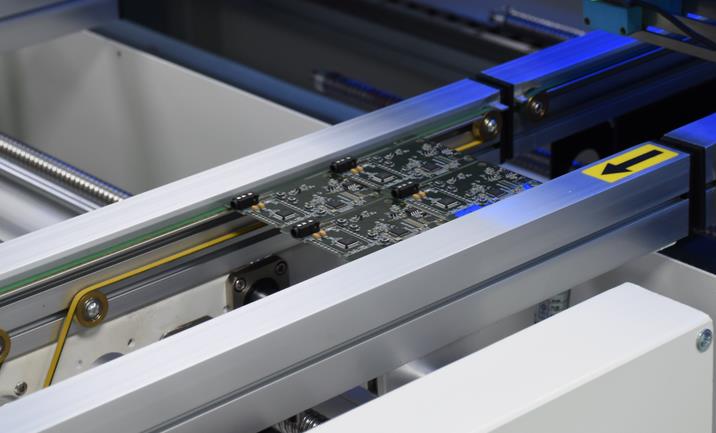
Protection of components.
For transformers, coils and other impregnation or potting; solid protective film protection for connectors; special treatment of components.
Cleaning and drying of PCBs.
No cleaning flux, there are still more rosin film residues, on the one hand, and the three-proof paint will react, the formation of pinholes, on the other hand, after absorbing moisture will crystallize and expand, ultimately leading to the three-process design of the anti-deterioration of the coating, therefore, if you require a better three-proof, then you must ask to be cleaned.
It must be coated twice.
Spraying, especially with solvent-containing coatings, there will be pinholes in the paint film after curing, in order to achieve a better level of moisture barrier, it must be sprayed twice, which is one of the effective measures to ensure the thickness of the coating on the line. Generally the thinnest coating thickness on the line should be at least 25μm or more (non-line actually exceeds this standard, generally "25~225μm"). Note: "three prevention" effect and the number of spraying and film thickness.
(3) maritime equipment, the most effective measure is the use of sealed cabinets, which is the most important measure. Only rely on the PCB "three anti" treatment is not effective.
The "three anti-corrosion" mainly to improve the level of corrosion protection of PCB - cover the exposed Cu, isolation of corrosive gases in the air, moisture, as long as the destruction of sulfide, electromigration, electrochemical corrosion, chemical corrosion conditions, will be able to achieve the purpose.
The core of the "three-proof" process: three-proof paint, process and film thickness. The effect of "three-proof" depends on the thickness of the paint film.
It should be pointed out that "three-proof" is only to delay the absorption of moisture, not completely moisture-proof. If you need waterproof, dustproof, etc., you should use the potting process.
Tags: PCBA /three-proof /
Prev: 5 major PCBA processing automation production requirements
Next: The relationship between electronic assembly technology and product quality


